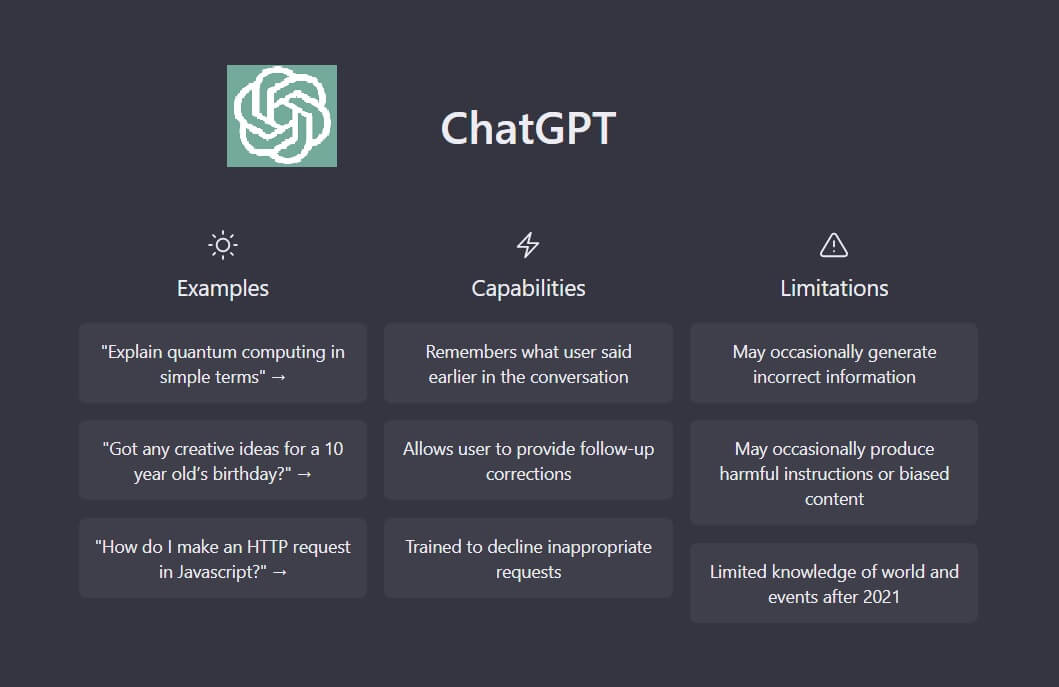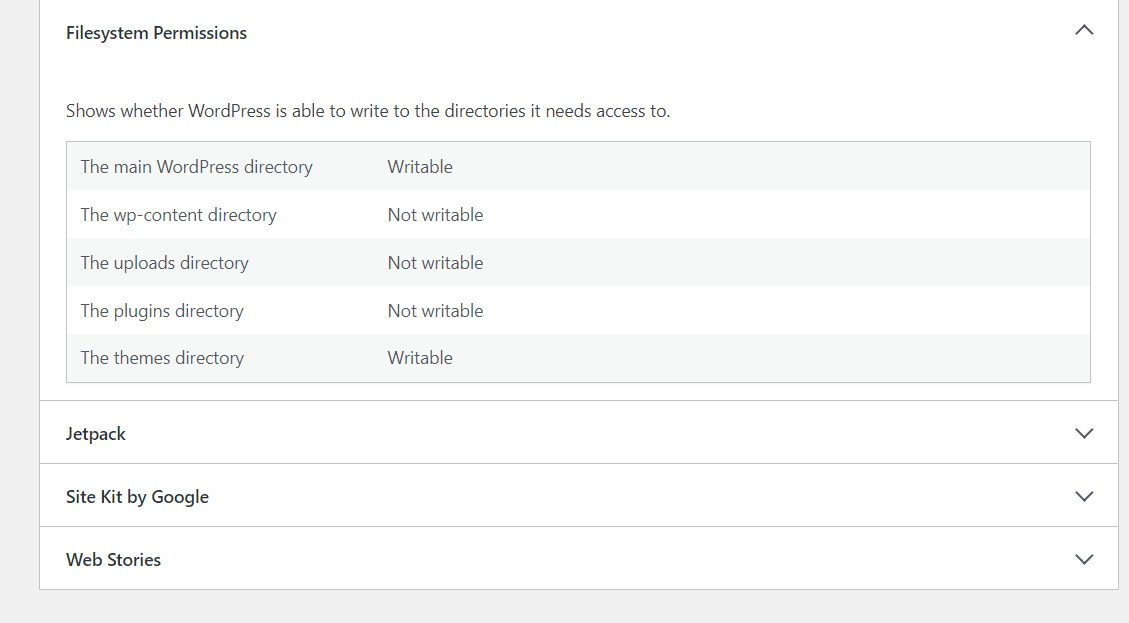Your cart is currently empty!
Learn about the different versions of the GPT model, which is the basis for ChatGPT, an AI language model trained by OpenAI. This answer covers the features, uses, and differences of GPT-1, GPT-2, GPT-3, and ChatGPT. Discover how each model can be used for natural language processing tasks, such as language translation and text generation, and how ChatGPT has been specifically fine-tuned for conversational tasks like chatbots and virtual assistants. Whether you’re interested in AI language models or looking for the right tool for a specific task, this answer has you covered.

ChatGPT Models
- GPT-1: This was the first model in the GPT series, released by OpenAI in 2018. It contains 117 million parameters and was trained on a large corpus of text data. Its main use is in natural language processing tasks such as language translation and text generation.
- GPT-2: This model was released in 2019 and contains 1.5 billion parameters, making it much larger than GPT-1. It is capable of generating high-quality text, and has been used for a variety of tasks, including language translation, text summarization, and dialogue generation. GPT-2 also includes a feature called “unsupervised learning,” which allows it to generate text without any input.
- GPT-3: This is the most recent and largest model in the GPT series, released in 2020. It contains 175 billion parameters, making it much more powerful than its predecessors. GPT-3 has been used for a wide range of applications, including natural language understanding, language translation, and even programming. One of its unique features is its ability to generate coherent and diverse responses to prompts.
- ChatGPT: This is a version of GPT that has been specifically fine-tuned for conversational tasks, such as chatbots and virtual assistants. It has been trained on a large corpus of conversational data, and can generate responses that are contextually relevant and engaging. ChatGPT can also understand and respond to a wide range of conversational inputs, including natural language queries and commands.
Each of these models has different strengths and applications, depending on the specific task at hand. GPT-3 is currently the most powerful and versatile of the models, while ChatGPT is specifically designed for conversational tasks.
ChatGPT Variation
These are different versions or variations of the GPT (Generative Pre-trained Transformer) language model developed by OpenAI, each with varying degrees of computational power, training data, and capabilities. Here is a brief overview of each model:
- text-davinci-003: It is the most powerful and advanced version of GPT-3 with 13 billion parameters. It is trained on a diverse set of internet text and can perform a wide range of natural language tasks, including writing coherent and convincing human-like text, answering complex questions, and even engaging in casual conversations.
- gpt-3.5-turbo: It is a custom variant of the GPT-3 model with 6 billion parameters, designed to perform high-speed text generation tasks.
- text-curie-001: It is a slightly smaller and less powerful version of GPT-3 with 2.7 billion parameters, but it still has significant natural language processing capabilities, including answering questions, summarizing long documents, and generating text.
- text-babbage-001: It is another variant of the GPT-3 model with 1.5 billion parameters, and it is optimized for language tasks like question-answering and text completion.
- text-ada-001: It is a smaller version of GPT-3 with 1.2 billion parameters, but it is designed to be more efficient and effective in generating coherent and natural language text, especially for smaller devices like smartphones and tablets.
- gpt-4 and gpt-4-32k: These are hypothetical models that have not been released yet, but they are expected to be even more powerful than GPT-3 with more advanced natural language processing capabilities.
The uses of each model will depend on the specific needs of the user or organization. For example, the text-davinci-003 model could be used to create convincing and natural-sounding chatbots or automated customer service systems, while the text-curie-001 model could be used for summarizing news articles or generating content for social media posts. Ultimately, the choice of model will depend on the specific task and the level of natural language processing capabilities required.
Comments
-
Insertcart Custom WooCommerce Checkbox Ultimate
Original price was: $ 39.00.$ 19.00Current price is: $ 19.00. -
Android App for Your Website
Original price was: $ 49.00.$ 35.00Current price is: $ 35.00. -
Abnomize Pro
Original price was: $ 30.00.$ 24.00Current price is: $ 24.00. -
Medical Portfolio Pro
Original price was: $ 31.00.$ 24.00Current price is: $ 24.00. -
Your Website Set Up + Boost
Original price was: $ 49.00.$ 41.00Current price is: $ 41.00.
Latest Posts
- How to Use AWS SES Email from Localhost or Website: Complete Configuration in PHP

- How to Upload Images and PDFs in Android Apps Using Retrofit

- [Fix] File Permission Issue in Apache Website WordPress Not Writable to 775

- Best PHP ini Settings for WordPress & WooCommerce: Official Recommendations

- Script to Get Users System or Browser Data When Link Open Grab Using PHP & JavaScript







Leave a Reply